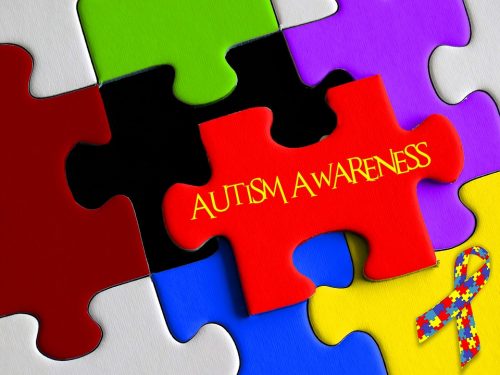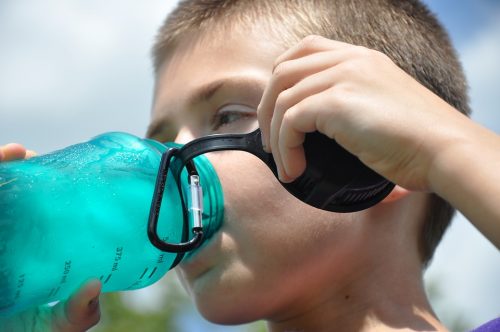The causes of autism are still not fully understood, but experts generally agree that environmental factors play a role. While genetics influence the chances of developing autism, exposure to certain chemicals early in life may also contribute towards this developmental disorder.

Given that scientists need to do more research on what causes autism, the exact link between certain chemicals and autism is still unclear. However, reducing your child’s exposure to these chemicals is always recommended. These substances are generally toxic to the nervous system and other parts of the body. By taking some simple steps, you can drastically reduce the amounts of these toxins that you and your family receive.
Pesticides

Many food items, such as produce, may contain significant amounts of pesticides on their surfaces. The agriculture industry uses pesticides to avoid crop damage from insects and other animals, preventing product losses. Many of these chemicals are designed to linger so that doses don’t need to be applied as often. Unfortunately, this design also allows these chemicals to resist degradation from natural processes, allowing them to travel far and wide.
Unborn children and babies are susceptible to the neurotoxic effects of pesticides. Left unabated, exposure can lead to neurological defects and poor development. A study found that pregnant women living within 2 kilometers from a sprayed field were up to 16% more likely to have a child with autism.
Fortunately, you can reduce pesticide exposure by rinsing your vegetables thoroughly with clean water. Better yet, you can buy from organic vendors and other sources that do not use pesticides.
Heavy Metals
Mercury and lead are potent agents that can harm brain cells. The body mistakes them as essential minerals like calcium. Hence, they can go inside vital organs like the brain, where they proceed to wreak havoc. Effects include poor language development and impaired emotion regulation, which are hallmarks of autism.
Mercury tends to bioaccumulate in animals such as fish because their organs can’t remove them effectively. When we eat contaminated fish, mercury can slowly build up inside our bodies and reach dangerous levels.
Lead was once a common ingredient of paints, so old buildings tend to have large amounts of this metal. As the paint flakes off and disintegrates into dust, the particles can be inhaled or ingested by young children.
To avoid exposure, it’s a good idea to limit the consumption of high-risk fish such as shark or tuna. You should also have old paints replaced or move out of aging residences.

Plastic Additives
Chemicals such as bisphenol A and phthalates are used to modify the properties of plastics, making them more durable and easy to manufacture. However, these substances can block the function of naturally occurring hormones in the body. Their most common effects include abnormalities in reproductive development, but they may also be significant in the development of autism.
To reduce exposure, check the type of plastic that you use around your children. If they have recycling codes 3, 4, or 7, you should probably stay away from them. Better yet, use products that guarantee to be free of phthalates and bisphenol A. Reducing consumption of packaged and processed food is also a good idea.
By being wary of these environmental hazards, you may better prevent your child from developing autism. What’s sure is that your child will have a healthier life.